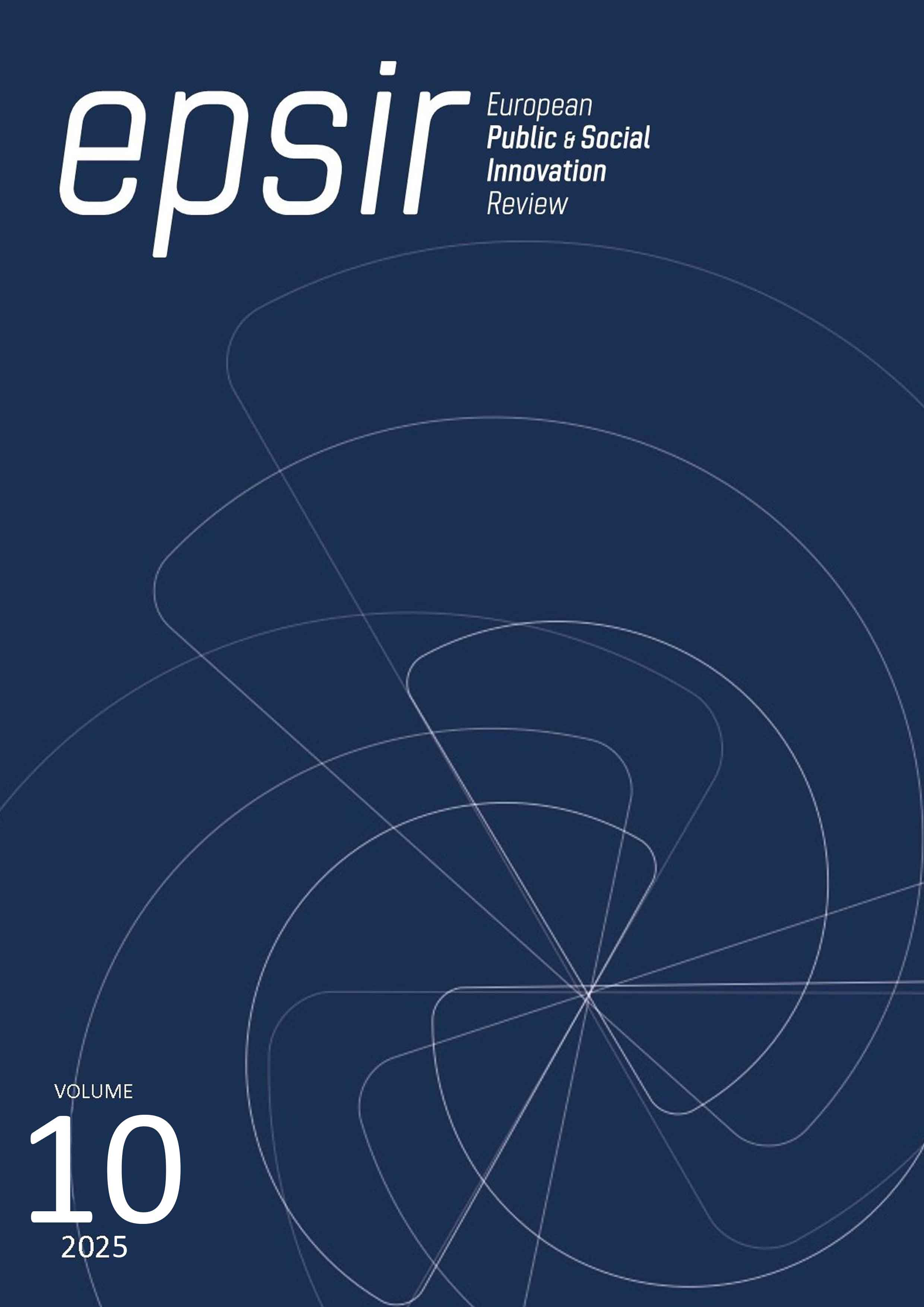Tipos de adicciones presentes en estudiantes de kinesiología de la Universidad del Alba, Antofagasta 2023
DOI:
https://doi.org/10.31637/epsir-2025-1257Palabras clave:
adicciones, dependencia, prevalencia, drogas, drogadicción, aparatos electronicos, nomofobia, videojuegosResumen
Introducción: Las adicciones más conocidas son a sustancias, pero la realidad es que también existen los comportamientos adictivos. Por esto se creó la hipótesis de que los estudiantes de kinesiología de la Universidad del Alba sede Antofagasta presentan varios tipos de adicciones siendo la más prevalente la nomofobia. Metodología: En este estudio de carácter cuantitativo descriptivo se presentan los resultados obtenidos por una encuesta realizada a 30 estudiantes de kinesiología de la Universidad del Alba sede Antofagasta. Objetivo: describir los tipos de adicciones que se presentan en dichos estudiantes. Resultados: indican que existe una gran dependencia a los aparatos electrónicos, predominando el celular, esto se evidencia, ya que los porcentajes son bastantes altos en comparación a la adicción a los videojuegos y drogas. Conclusiones: la drogadicción no es la adicción más prevalente entre los estudiantes de kinesiología de la Universidad del Alba, sede Antofagasta.
Descargas
Citas
Barrios-Borjas, D., Bejar–Ramos, V. y Cauchos–Mora, V. (2017). Uso excesivo de Smartphones/teléfonos celulars: phubbing y nomofobia. Revista Chilena de Neuropsiquiatría, 55(3), 205-206. https://www.redalyc.org/pdf/3315/331553232008.pdf DOI: https://doi.org/10.4067/s0717-92272017000300205
Salcedo-Cardena, R. y Lara-Salazar, C. (2022). Nomofobia y su relación con las habilidades sociales en adolescentes. Universidad Técnica de Ambato. https://lc.cx/mmYWIs DOI: https://doi.org/10.37811/cl_rcm.v6i6.4148
Fuenzalida-Hernández, C., Pino-Abarca, Y. y Ulloa-Fulgeri, J. (2020). La adicción a la red social Instagram y su relación con el promedio general de las y los estudiantes de tercero medio de un centro educacional de la comuna de Teno, Talca. Universidad de Talca, Chile.
Hernández-Contreras, C. y Rivera-Ottenberger, D. (2018). Adaptación Transcultural y Evaluación de las Estructuras Factoriales del test de Adicción a Internet en Chile: Desarrollo de una Versión Abreviada. Revista Iberoamericana de Diagnóstico y Evaluación Psicológica, 4(49). https://www.redalyc.org/journal/4596/459657524013/ DOI: https://doi.org/10.21865/RIDEP49.4.12
OMS (2022). Trastornos mentales. https://lc.cx/tIua6i
Rojas-Jara, C., Henríquez, F., Sanhueza, F., Núñez, P., Inostroza, E., Solís, A. y Contreras, D. (2018). Adicción a internet y uso de redes sociales en adolescentes: una revisión. https://www.aesed.com/upload/files/v43n4-2-rrss.pdf
Sociedad Americana de Medicina de la Adicción (2019). ASAM ORG. https://www.asam.org/
Descargas
Publicado
Cómo citar
Número
Sección
Licencia
Derechos de autor 2025 Darinka Guerra Cofré, Fernanda Cabello Rosas, Adolfo Hidalgo Gomez

Esta obra está bajo una licencia internacional Creative Commons Atribución-NoComercial-SinDerivadas 4.0.
Authors who publish with this journal agree to the following terms:- Authors retain copyright and grant the journal right of first publication with the work simultaneously licensed under Creative Commons Non Commercial, No Derivatives Attribution 4.0. International (CC BY-NC-ND 4.0.), that allows others to share the work with an acknowledgement of the work's authorship and initial publication in this journal.
- Authors are able to enter into separate, additional contractual arrangements for the non-exclusive distribution of the journal's published version of the work (e.g., post it to an institutional repository or publish it in a book), with an acknowledgement of its initial publication in this journal.
- Authors are permitted and encouraged to post their work online (e.g., in institutional repositories or on their website) prior to and during the submission process, as it can lead to productive exchanges, as well as earlier and greater citation of published work (See The Effect of Open Access).




